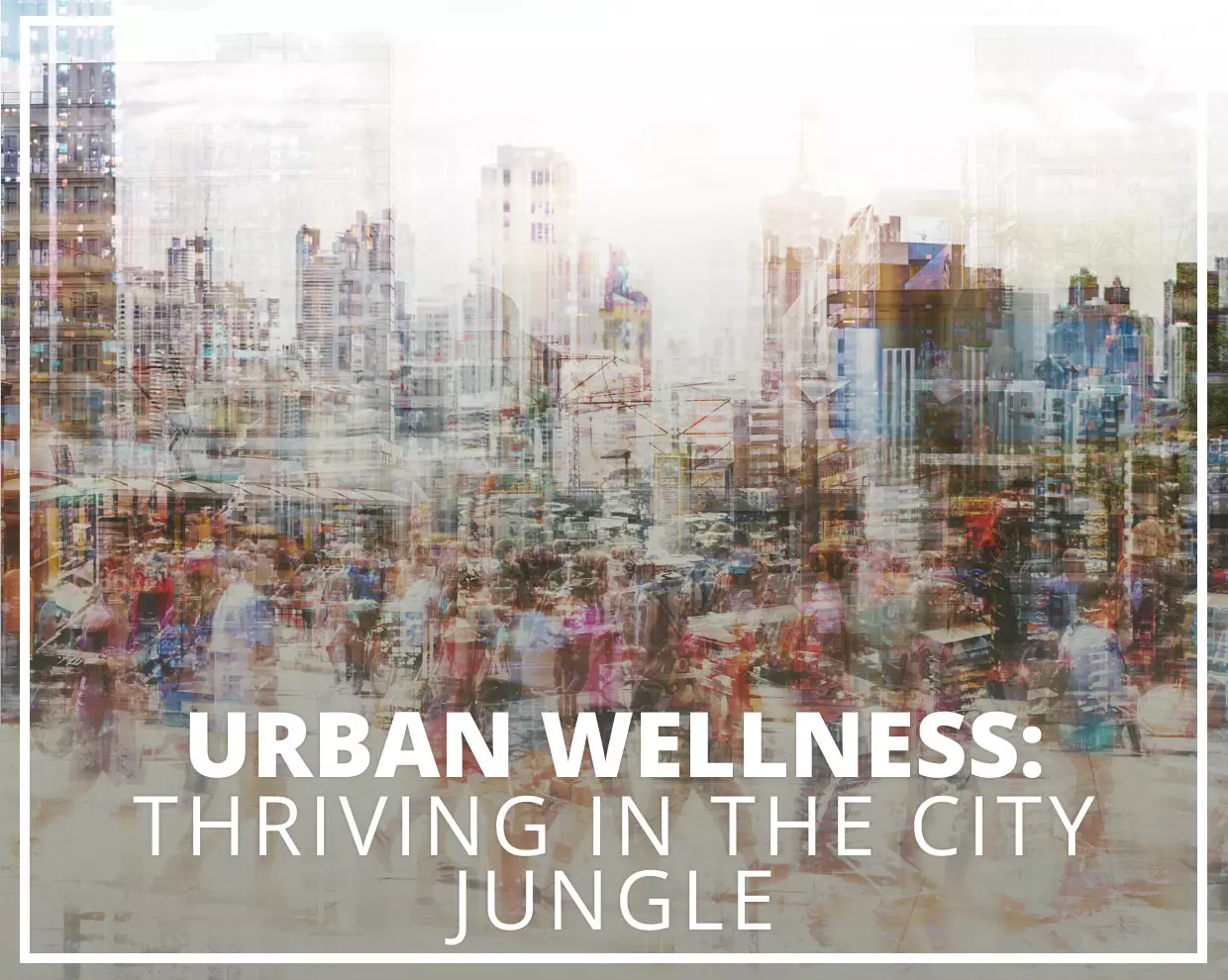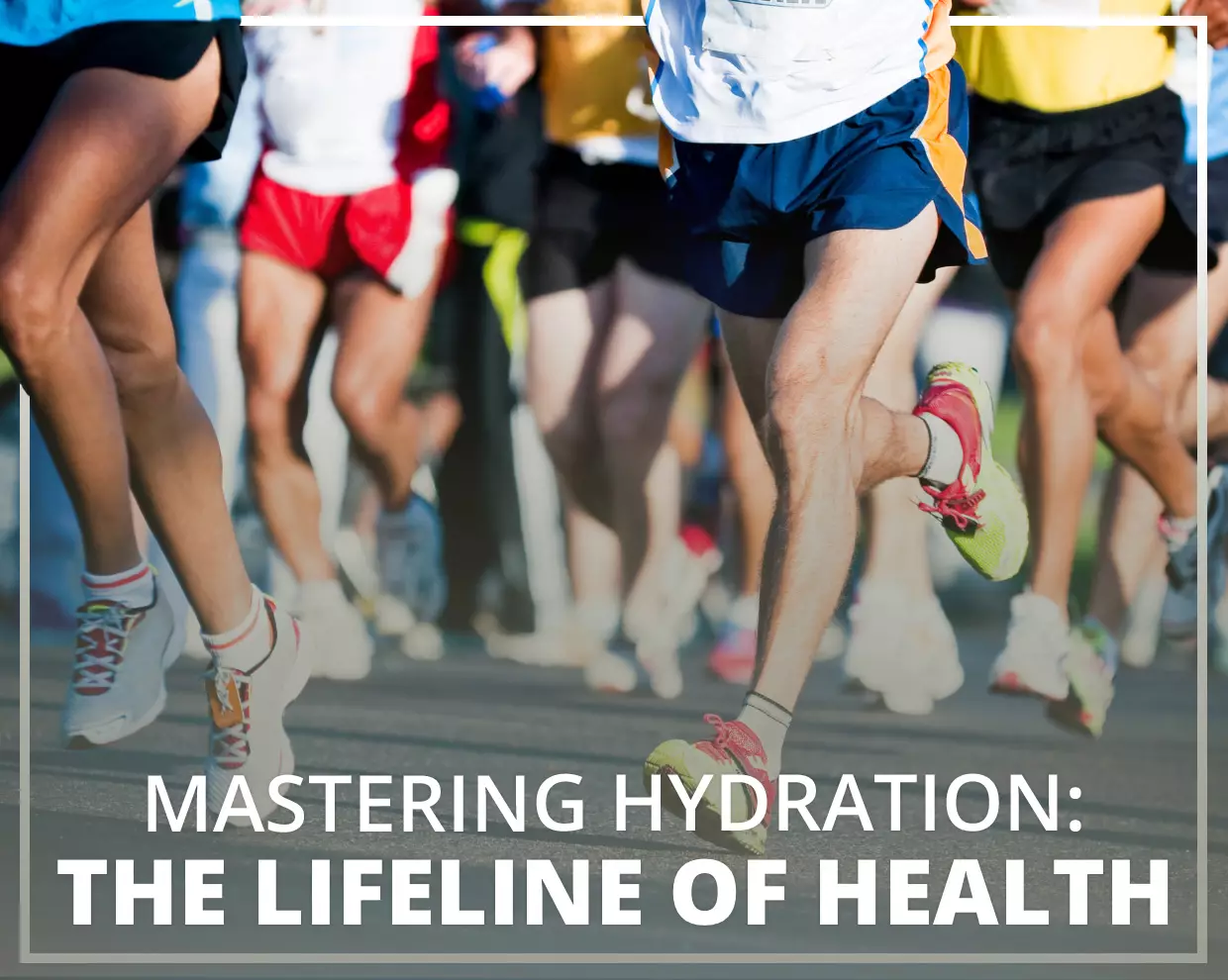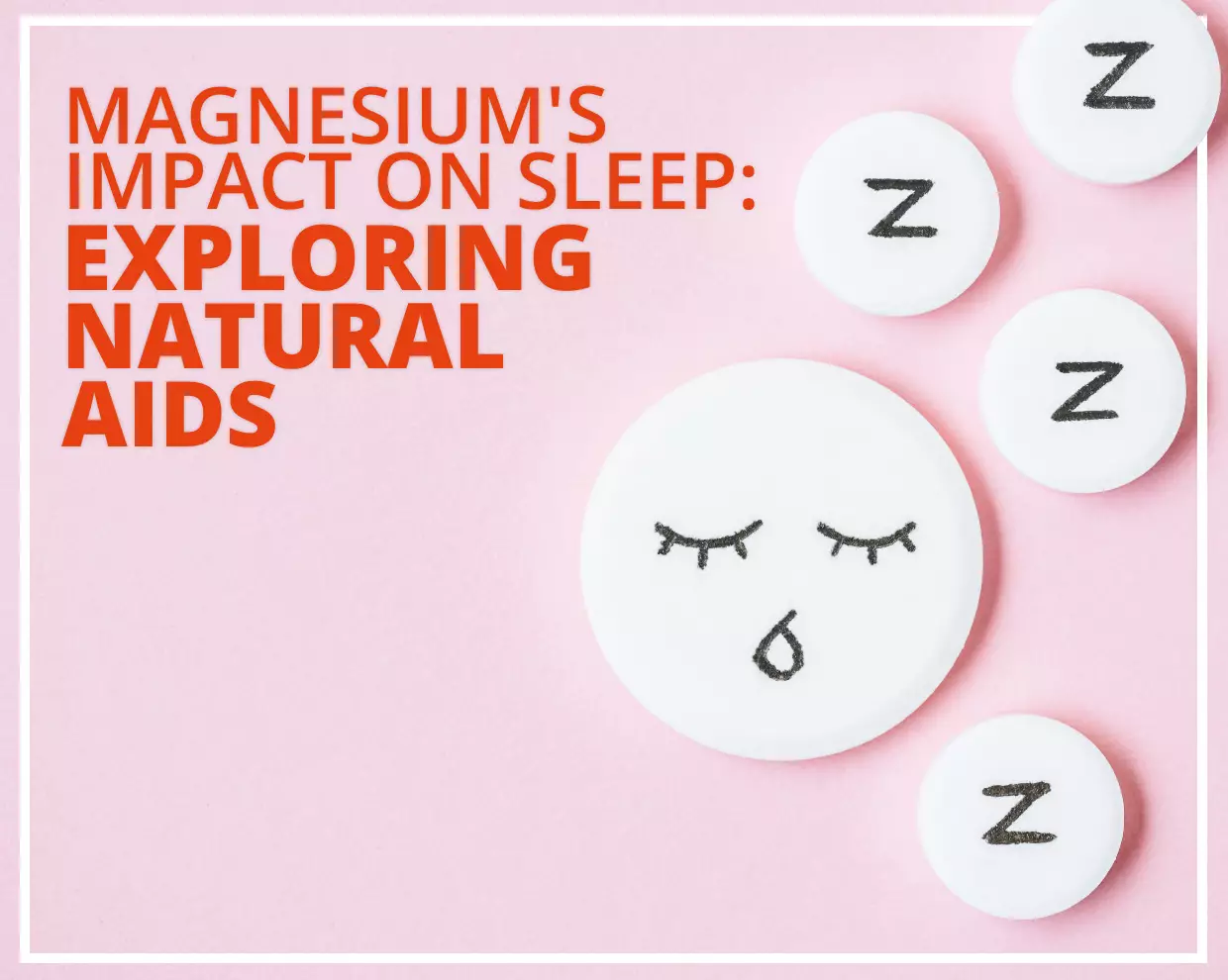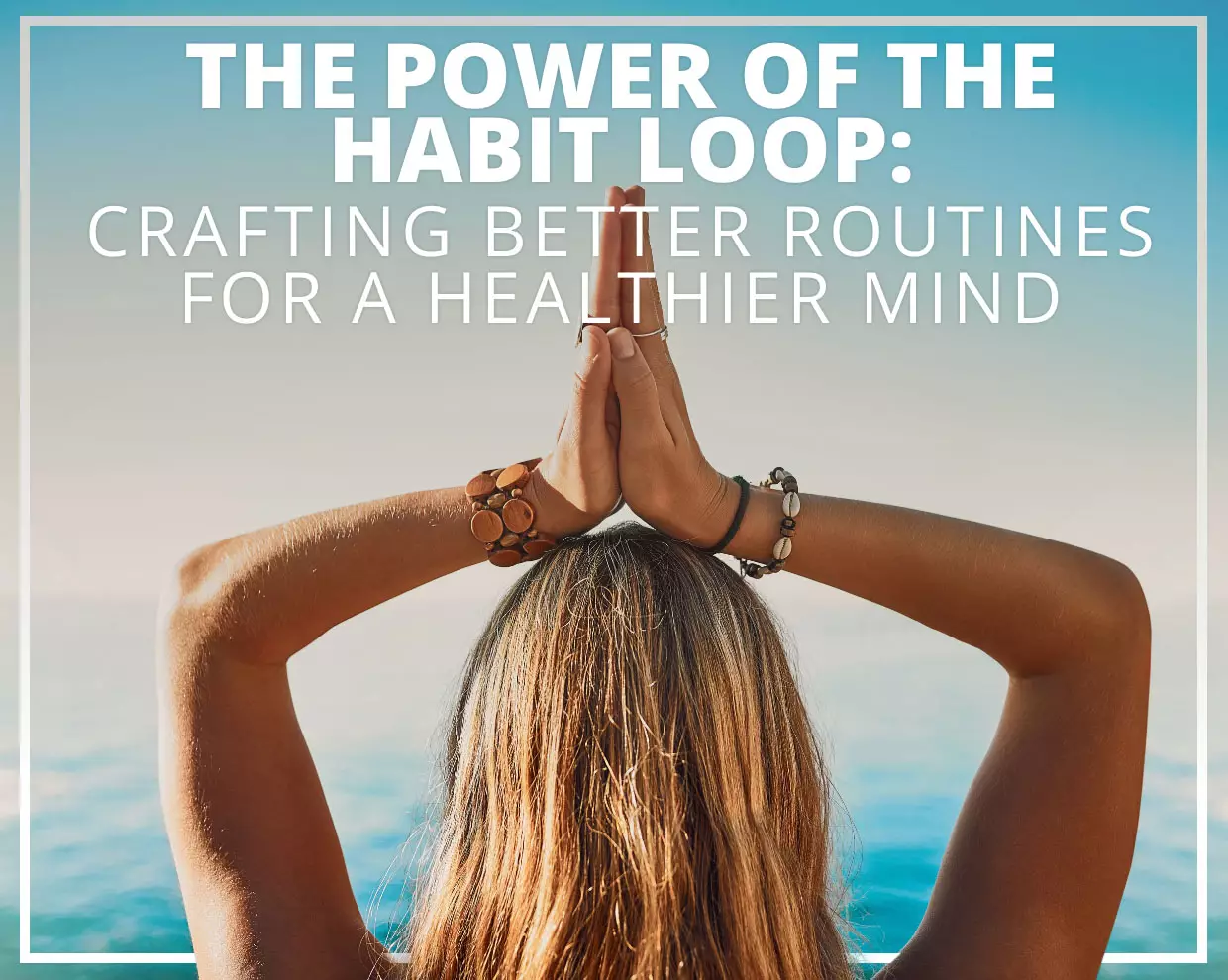In the bustling streets of urban landscapes, the fast-paced life of city dwellers often takes a toll on their well-being. The constant hum of traffic, the bright lights of skyscrapers, and the never-ending demands of city life can be overwhelming. However, amidst the chaos, there's a growing trend towards city wellness. This movement focuses on urban-centric wellness practices tailored to meet the unique challenges faced by those living in cities. In this article, we'll delve into the concept of city wellness and how it can be integrated into the daily lives of urbanites.
Understanding City Wellness
City wellness is not just about physical health; it encompasses a holistic approach that addresses mental, emotional, and environmental well-being. It recognises the unique challenges posed by urban environments and offers solutions that are tailored to the city lifestyle.
Recent studies have highlighted the importance of urban-centric wellness practices:
• Urban Horticulture in Bamberg: The German city of Bamberg showcases how urban food production, rooted in centuries-old cultural structures, may support the fabric of modern cities. Urban horticulture, both historical and contemporary, can serve as a resource to create sustainable places and promote healthier lifestyles for citizens. [1]
• Sustainable Urban Illumination: Research indicates that artificial light at night (ALAN) in cities may have consequences -for human health and the environment. A new design framework for responsible urban illumination has been proposed to address these concerns, emphasising the need for environment-centred design. [2]
• Promoting Active Lifestyles in Cities: City design can have major health and environmental implications. Interventions like Superblocks in Barcelona reshape city layouts to be more people-centric, reducing vehicle reliance and promoting active lifestyles. [3]
Practical Approaches to City Wellness
1. Green Spaces:
Urban green spaces are not just patches of nature amidst concrete jungles; they play a pivotal role in supporting the holistic health and sustainable well-being of city residents. A narrative review on the importance of urban green spaces highlighted their potential to support a healthy quality of life, especially for people with disabilities. [4] By providing both active and passive methods of engagement, green spaces may help to support mental relaxation, physical activity, and social interactions. For instance, the Riverside Park in Krakow is being designed to offer residents a space for rest, meetings, and other recreational activities. [5]
2. Active Transportation:
Walking and cycling, as non-motorized modes of transport, may help to support a sustainable urban environment. They require minimal infrastructure and are adaptable and cost-effective for both users and governments. A study conducted in the Elgeseter neighbourhood of Trondheim, Norway, explored strategies to promote active mobility through walking and cycling. [6] The research emphasised the importance of accessibility, safety, and comfort in encouraging people to adopt these modes of transportation.
3. Mindfulness and Meditation:
In the midst of urban chaos, mindfulness practices and meditation centres offer an oasis of calm. These practices may help to restore healthy function to the mind, offering city dwellers a respite from the constant stimuli of urban life.
4. Sustainable Urban Planning:
The Barcelona green axes plan is a testament to how urban planning can be tailored to promote wellness. By transforming streets and increasing tree cover and vegetation, the plan aims to create a more interconnected green infrastructure system. [7] Such initiatives may help to support a city of proximity, potentially improving the well-being of its residents.
5. Embracing Local Community Initiatives:
Community gardens, like the envisaged Drwinka River Park in Krakow, Poland, are strategic components in equipping cities with public spaces for meetings, recreation, and other activities. These spaces not only offer residents a chance to connect with nature but also foster community bonding and collaboration.
In the heart of our bustling cities lies the potential for balance, resilience, and community. Urban wellness isn't just a trend; it's a lifestyle choice that recognises the unique challenges and opportunities of city living. By understanding and embracing urban-centric wellness practices, we can navigate the complexities of city life with a renewed sense of purpose and well-being.
For more insights, tips, and articles on wellness and beyond, explore our blog section. Dive deeper into the world of wellness and discover ways to enhance your urban journey.
References
1 Urban Horticulture for Food Secure Cities through and beyond COVID-19
2 Linking Artificial Light at Night with Human Health via a Multi-Component Framework: A Systematic Evidence Map
3 Barcelona: Using urban design to improve urban health
4 The Importance of Urban Green Spaces in Enhancing Holistic Health and Sustainable Well-Being for People with Disabilities: A Narrative Review
5 Active and Passive Use of Green Space, Health, and Well-Being amongst University Students
6 Developing approaches and strategies to promote increased active mobility in urban city neighbourhood
7 Merging Green and Active Transportation Infrastructure towards an Equitable Accessibility to Green Areas: Barcelona Green Axes

 AU Store
AU Store  UK Store
UK Store NZ Store
NZ Store EU Store
EU Store















